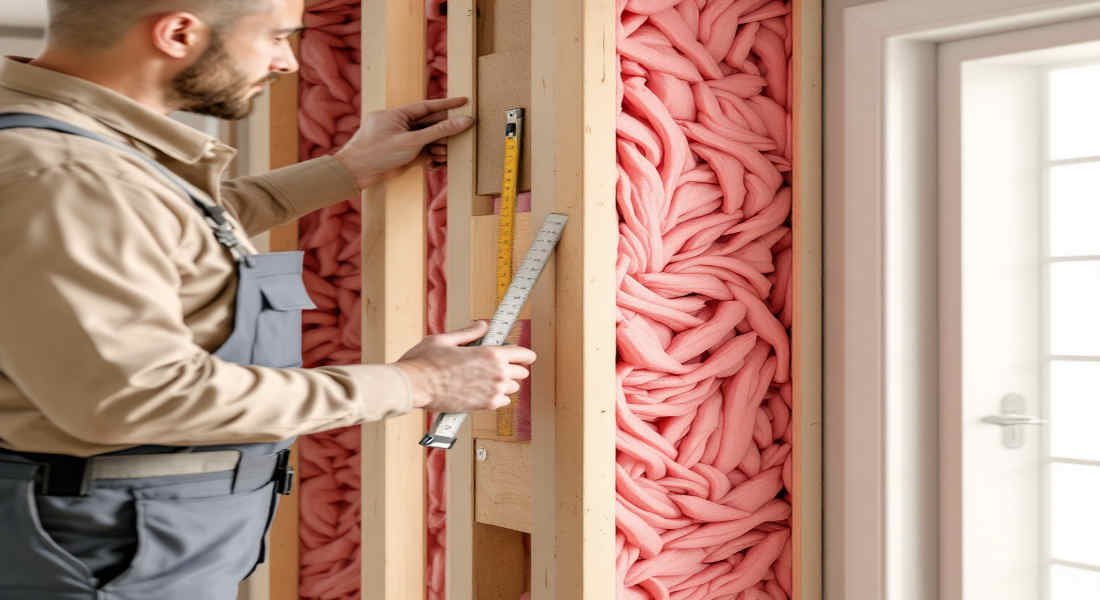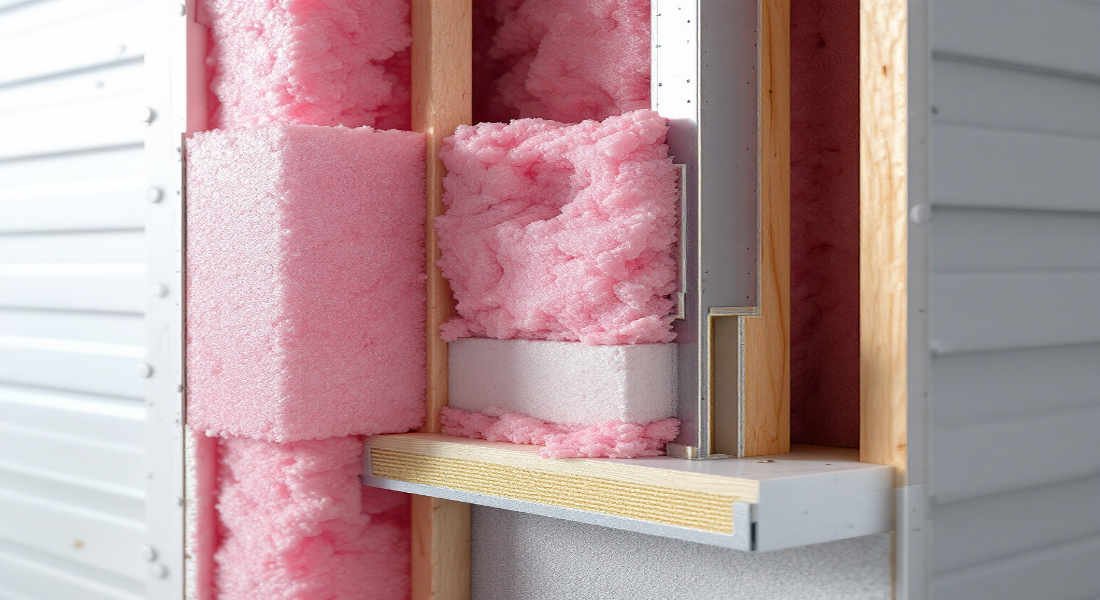When it comes to mobile homes, a common question arises: do mobile homes have insulation? Many people assume that these residences lack proper energy efficiency and warmth. However, the truth is often more nuanced than you might expect. Insulation plays a crucial role in maintaining comfort within any home, including those on wheels. As we delve deeper into this topic, you’ll uncover the facts behind mobile home insulation and understand why it’s crucial for both your comfort and your budget. Whether you’re considering purchasing a mobile home or simply curious about its construction, understanding insulation can help you make informed decisions about your purchase. Let’s explore what insulation means for these distinctive dwellings.
What is insulation, and why is it important?
Insulation is a material that reduces the transfer of heat, keeping your home warm in winter and cool in summer. It creates a barrier between the inside and outside environments, ensuring temperature stability.
This vital component helps maintain energy efficiency. When insulation is adequate, heating and cooling systems don’t have to work as hard. This can lead to lower utility bills over time.
It minimizes noise from outside or between rooms within your mobile home.
Proper insulation prevents condensation buildup, which can lead to mold growth and other structural issues if left unchecked.
In essence, insulation not only enhances comfort but also protects your investment by promoting durability and energy savings throughout the life of your mobile home.
The myth is that mobile homes lack insulation.
This misconception often stems from outdated stereotypes and a general misunderstanding of modern construction practices.
In reality, most contemporary mobile homes are built with various insulation materials. Manufacturers recognize the importance of energy efficiency and comfort for homeowners. Insulation helps regulate temperature, making these homes suitable for a wide range of climates.
Some older models might have less effective insulation, but advancements in building standards have significantly improved this aspect over time. Today’s installation processes often include advanced techniques that ensure adequate thermal protection.
It’s essential to challenge these myths surrounding mobile home insulation. With the proper knowledge, potential buyers can appreciate the value of well-insulated units rather than relying on misleading assumptions that have persisted for decades.
You may also read (a guide to selecting snake sizes for home drains).
Types of insulation found in mobile homes
Mobile homes can feature various types of insulation, each serving a different purpose. One standard option is fiberglass batts. These are installed between the studs and joists, providing effective thermal resistance.
Spray foam insulation is another popular choice. It expands upon application, filling gaps and creating an airtight seal. This type helps reduce drafts and moisture issues.
Foam board insulation provides rigid panels that can be installed on walls or beneath floors. They offer excellent insulating properties while being lightweight.
Reflective or radiant barrier insulation works differently by reflecting heat away during hot months, making it ideal for warmer climates.
Mineral wool brings fire-resistant benefits along with soundproofing qualities—perfect for added comfort in mobile living spaces. Each type has its unique advantages to enhance energy efficiency in your home.
Benefits of proper insulation in mobile homes
Proper insulation in mobile homes offers numerous advantages that enhance comfort and efficiency. First, it helps maintain a consistent indoor temperature. This means a reduced reliance on heating and cooling systems, resulting in lower energy bills.
It keeps external sounds at bay, creating a peaceful living environment. Whether you live near busy streets or vibrant neighborhoods, effective insulation can make a noticeable difference.
Insulation acts as a barrier against humidity and condensation, helping to prevent mold growth and protect the structural integrity of your home.
Homebuyers often seek properties with updated features that promise energy efficiency and comfort.
Proper insulation contributes to environmental sustainability by reducing overall energy consumption. It’s not just about living comfortably; it’s also about being mindful of our planet’s resources.
You may also read (do mobile homes hold their value long term).
How to check for proper insulation in a mobile home
Checking for proper insulation in a mobile home is straightforward with the right approach. Begin by inspecting areas such as floors, walls, and ceilings. Inspect the material for any visible gaps or signs of wear.
Next, use a thermal camera if possible. This tool helps identify cold spots that indicate inadequate insulation. Pay special attention to corners and around windows, where drafts are often found.
Don’t forget about your crawl space or basement; these areas can harbor hidden issues. If it feels excessively cold or damp down there, you might need more insulation.
Perform a simple touch test on exterior walls during different seasons. A significant temperature difference between the inside and outside could indicate poor insulation performance. This hands-on method gives you immediate insights into how well your home retains heat or cool air.
Upgrades and improvements for better insulation in a mobile home
When it comes to upgrading insulation in a mobile home, several options can enhance comfort and energy efficiency. First, consider adding spray foam insulation. It fills gaps effectively and provides excellent thermal resistance.
This type fits nicely between the studs and joists of your walls and floors. It’s commonly made from fiberglass but can also be found in other materials for varying levels of performance.
For those looking to improve underbelly insulation, consider installing rigid foam boards. These are durable and help stop drafts that often come from beneath the home.
Don’t overlook window upgrades as part of your insulation strategy. Installing double-glazed windows not only reduces heat transfer but also improves noise reduction inside your living space.
Sealing air leaks around doors, windows, and vents with weather stripping or caulk can provide an instant boost to your home’s energy efficiency.
If you’re looking for a more significant overhaul, consider hiring professionals who specialize in mobile home retrofitting for better-insulated wall systems or additional layers of external sheathing.
Investing time in these improvements ensures that your mobile home remains cozy year-round while significantly reducing energy costs.
You may also read (guide to selecting home wreaths for kitchen cabinets).
